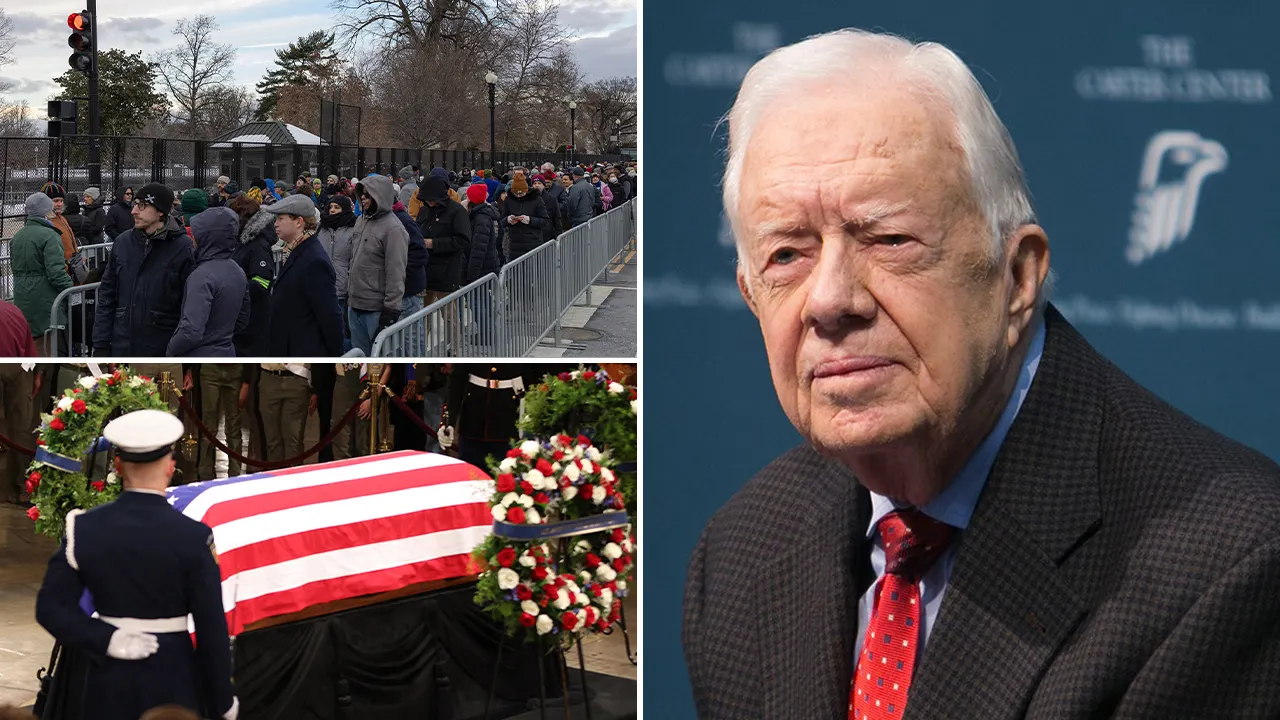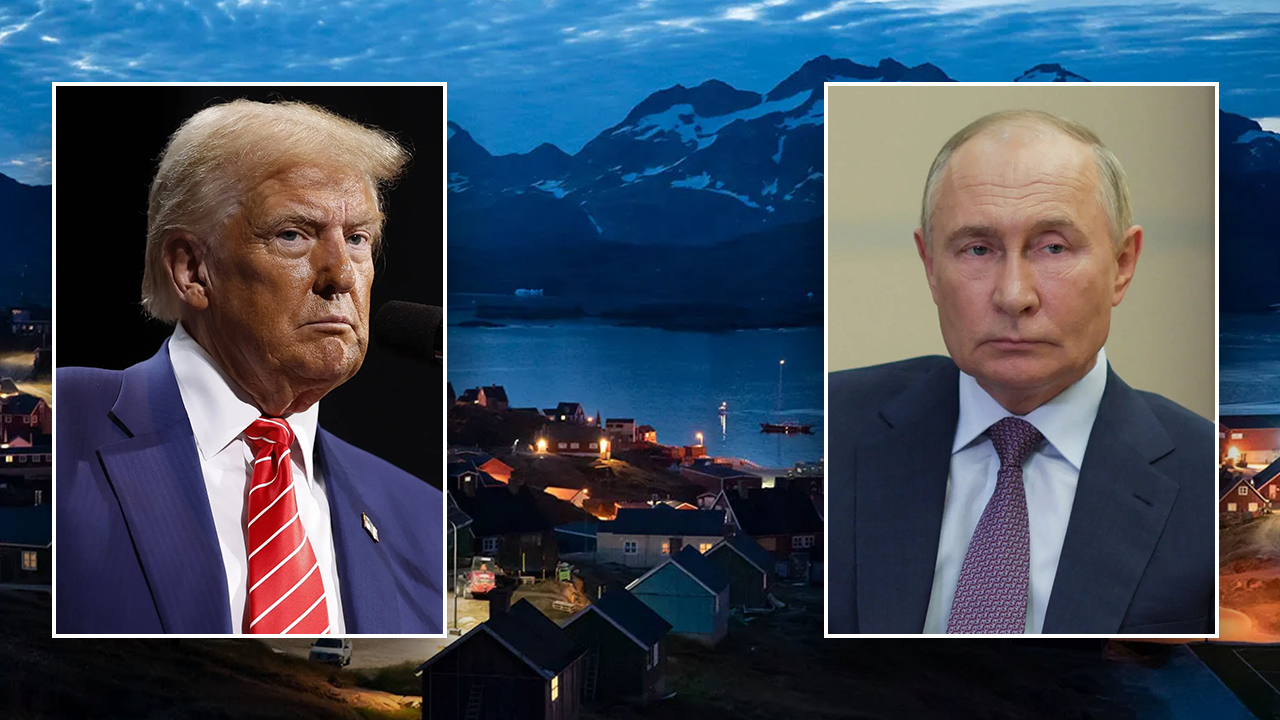As the Russian military reeled on the battlefield in Ukraine last autumn, a foul-mouthed ex-convict with a personal connection to President Vladimir V. Putin stepped out of the shadows to help.
Yevgeny V. Prigozhin for years had denied any connection to the Wagner mercenary group and operated discreetly on the margins of Russian power, trading in political skulduggery, cafeteria meals and lethal force.
Now, he was front and center, touting the Wagner brand known for its savagery and personally recruiting an army of convicts to aid a flailing Russian war operation starved for personnel.
The efforts that Mr. Prigozhin and a top Russian general seen as close to him, Gen. Sergei Surovikin, would undertake in the subsequent months would alter the course of the war.
Both men have since been taken out of action.
Mr. Prigozhin is presumed to have died in a plane crash on Wednesday, an incident that came two months after he launched a failed mutiny, and which U.S. and Western officials believe was the result of an explosion on board. Several said they thought Mr. Putin ordered the plane destroyed, suggestions the Kremlin on Friday dismissed as an “absolute lie.”
General Surovikin, who U.S. officials have said had advance knowledge of the mutiny, hasn’t been seen in public since the day of the revolt, and according to Russian state news media was formally dismissed from his post leading Russia’s aerospace forces this week.
On the battlefield, Ukrainian forces are still grappling with their impact.
Mr. Prigozhin led the brutal fight in Bakhmut through the winter and into the spring, relying on unorthodox recruitment of prison inmates to quickly bolster Russia’s badly depleted frontline forces. The battle, one of the bloodiest of the war, sapped Kyiv of trained soldiers ahead of the counteroffensive, while Russia lost personnel Moscow saw as largely expendable.
“When the Russian military was at its most vulnerable, he provided an important reserve force to buy time for them,” Dara Massicot, a senior policy researcher at the RAND Corporation, said of Mr. Prigozhin.
And Wagner, she added, was “taking the most casualties and losses at a time when the Russian military was still reeling and trying to cope with mobilization.”
He effectively helped turn Bakhmut into a symbol beyond its strategic importance, one where Kyiv continues to devote extensive resources. And Russia is now building out its own army with convicts, adopting his strategy.
The long-fought battle for Bakhmut also gave the Russian military, initially under the leadership of General Surovikin, a chance to flow in newly mobilized personnel and establish what became known as the “Surovikin line” of defense. The wall of mines, trenches and other fortifications has proved difficult for Ukrainian forces to penetrate in the counteroffensive.
Mr. Prigozhin’s forces eventually took a devastated Bakhmut. And his contribution to the Russian war effort at an important moment, coupled with a newfound public stature owing to scores of expletive-laden comments and videos on social media, fed his ego.
“Prigozhin would have you believe they were the only thing saving the Russian military. In reality they were out front, but they couldn’t do what they did without the Russian Ministry of Defense,” said Ms. Massicot.
The grisly battle stoked his hatred of the Russian military to such a degree that he ultimately mounted a shocking uprising to eliminate its leadership, running gravely afoul of the unspoken rules of Mr. Putin’s system in the process.
“Prigozhin over time developed a kind of main character syndrome,” Ms. Massicot said. “And in Russia, there is only one main character. He sits in the Kremlin.”
The mutiny came after Mr. Prigozhin’s usefulness on the battlefield had faded.
Russia’s shift to defense had stabilized the lines. The personnel crisis became less acute. In late May, Wagner left the battlefield.
“Wagner’s strategic utility likely peaked during the winter and spring,” said Michael Kofman, a senior fellow at the Carnegie Endowment for International Peace. “After that, it is difficult to see how Wagner would have proven decisive in this war. Their greatest utility was not in defending but in fighting for cities.”
Mr. Prigozhin’s presumed death at the age of 62 capped the life of a man who rose from a Soviet prison to Moscow’s most elite circles of power, ultimately erecting a private empire that fed off Mr. Putin’s increased appetite for confrontation and desire to reassert Russia on the world stage.
While amassing a personal fortune from government catering and construction contracts, Mr. Prigozhin crafted a role for himself at the tip of Russia’s geopolitical spear, his stature growing alongside Mr. Putin’s willingness to take risks.
He thrived in the secretive space between formal Russian power and its targets. Russia’s invasion of Crimea and eastern Ukraine in 2014 popularized the concept of “hybrid warfare” and “gray zone tactics,” which Mr. Prigozhin adopted as his freewheeling outfit’s specialties.
“With the creation of Wagner in 2014 and all of the deployments we have seen since, he established a way to really revolutionize how a private military company could be used in this targeted, coordinated way to advance Russian geopolitical interests,” said Catrina Doxsee, an associate fellow at the Center for Strategic and International Studies.
Wagner assault teams helped Moscow execute a final land grab in eastern Ukraine in 2015. For years, the mercenary group carried out select missions in Syria, relieving the Russian military of the need to deploy large numbers of ground troops so it could achieve its goals with air power and a limited footprint.
Mr. Prigozhin attracted global renown when his St. Petersburg troll factory intervened in the 2016 U.S. presidential election and helped stir up right-wing populism in Europe. Later, he expanded his security services into Africa, all the while finding business opportunities, from mining to oil, that came easily to a person operating a private army with the Kremlin’s imprimatur.
“The opportunity grew from a more interventionist policy by Russia,” Mr. Kofman said. “If Russia and Putin weren’t interested in a revived Russian role in the Middle East, if they weren’t interested in prospecting in Africa for influence and resources, those opportunities wouldn’t have been there.”
“The Kremlin was interested in those who could deliver on that expanded vision,” Mr. Kofman added. “And Prigozhin, ever an opportunist, sensed those prospects.”
Mr. Putin’s full-fledged invasion of Ukraine would become as existential for the Kremlin as it would for Mr. Prigozhin, bringing the risk-taking to extremes that tested the system and the individuals within it.
At first, Mr. Prigozhin seemed to thrive. But as his ego grew, his usefulness to the Russian military waned, an unstable blend that exploded in the June mutiny, rupturing a relationship with Mr. Putin that went back to the 1990s in their mutual hometown, St. Petersburg.
The tycoon had spent nearly a decade behind bars in the 1980s, having been found guilty by a Soviet court of robbery and other crimes, including one incident in which prosecutors alleged he choked a woman into unconsciousness before making off with her gold earrings.
While he made inroads with Mr. Putin after the Soviet Union’s collapse, he didn’t come from the world of former KGB associates who would rise along with the Russian leader to dominate the country’s levers of power. Mr. Putin seemed to emphasize that on Thursday when he noted that Mr. Prigozhin was a “talented person” who in life made many mistakes.
“I think some of these miscalculations came from believing that he was part of the system,” Ms. Doxsee said. “But I don’t think Putin ever stopped believing that he was anything other than a useful outsider.”





